In advertising, ‘traffic’ refers to the volume of visitors or users who interact with a particular ad, website, or digital content. It’s essentially the flow of potential customers who see or engage with your ads, whether through clicks, impressions, or other actions. In this blog, we will provide a complete guide on how to buy traffic and effectively boost your website’s visibility by explaining the best practices for how to buy traffic and drive more visitors to your site.
There are different types of traffic you might encounter in advertising:
Paid Traffic: Visitors who come to your site as a result of paid ads, such as Google Ads, social media ads, or display ads.
Organic Traffic: Visitors who find your site through search engines, typically due to SEO efforts.
Referral Traffic: Visitors who arrive at your site through links on other websites, social media platforms, or partner sites.
Direct Traffic: Visitors who type your URL directly into their browser or have bookmarked your site.
Increasing traffic is a key goal in online advertising, as more traffic can lead to higher chances of conversions (sales, leads, etc.), but it’s also essential to understand how to buy traffic that is targeted and relevant for the best results.
Here is the step by step process below.
How to Buy Traffic : A Step-by-Step Guide
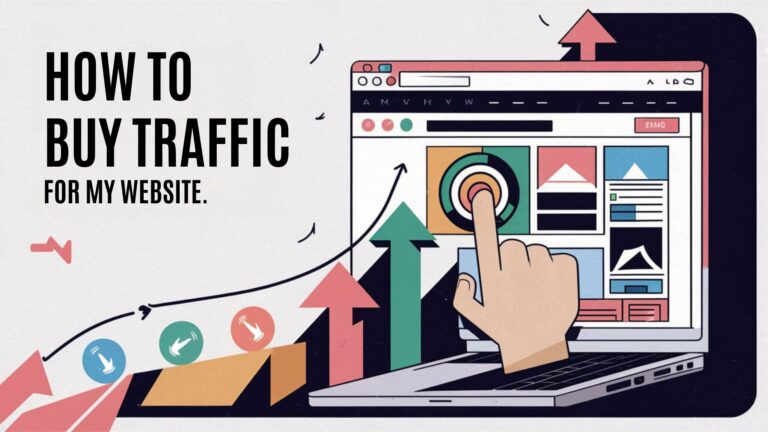
Buying traffic is a strategic way to drive visitors to your website, increase engagement, and boost conversions. Whether you’re looking to promote a product, increase brand awareness, or gather leads, purchasing traffic can help you achieve your goals efficiently. Here’s a step-by-step guide how to buy traffic:
Define Your Goals about how to buy traffic

Action Steps:
Identify Objectives: Determine what you aim to achieve with your traffic purchase. Common goals include increasing website visits, generating leads, boosting sales, or enhancing brand visibility.
Set Metrics: Establish key performance indicators (KPIs) to measure the success of your campaign, such as the number of visitors, conversion rate, or cost per acquisition (CPA).
Benefits:
Clear goals and metrics help you choose the right traffic sources and measure campaign effectiveness, ensuring you know how to buy traffic that aligns with your objectives and delivers optimal results.
How to buy Traffic : Know Your Target Audience

Action Steps:
Create Buyer Personas: Define the demographics, interests, behaviors, and pain points of your ideal customers to help you better understand how to buy traffic that will resonate with them and drive the right kind of engagement.
Analyze Current Traffic: Use analytics tools to understand your existing audience and identify trends and preferences, which will help you determine how to buy traffic that aligns with your audience’s needs and interests.
Benefits:
Precise targeting ensures you reach the right audience, increasing the likelihood of engagement and conversions.
How to buy Traffic : Choose the Right Traffic Sources

Action Steps:
Research Options: Explore various platforms and ad networks that offer paid traffic, such as Google Ads, Facebook Ads, LinkedIn Ads, Bing Ads, and native advertising networks like Taboola or Outbrain, to better understand how to buy traffic from the most effective sources for your business.
Evaluate Pros and Cons: Consider the strengths and weaknesses of each platform in relation to your goals and target audience to determine the best approach for how to buy traffic that will deliver the highest ROI.
Benefits:
Selecting the right sources maximizes the efficiency and impact of your traffic acquisition efforts.
How to buy Traffic : Set a Budget
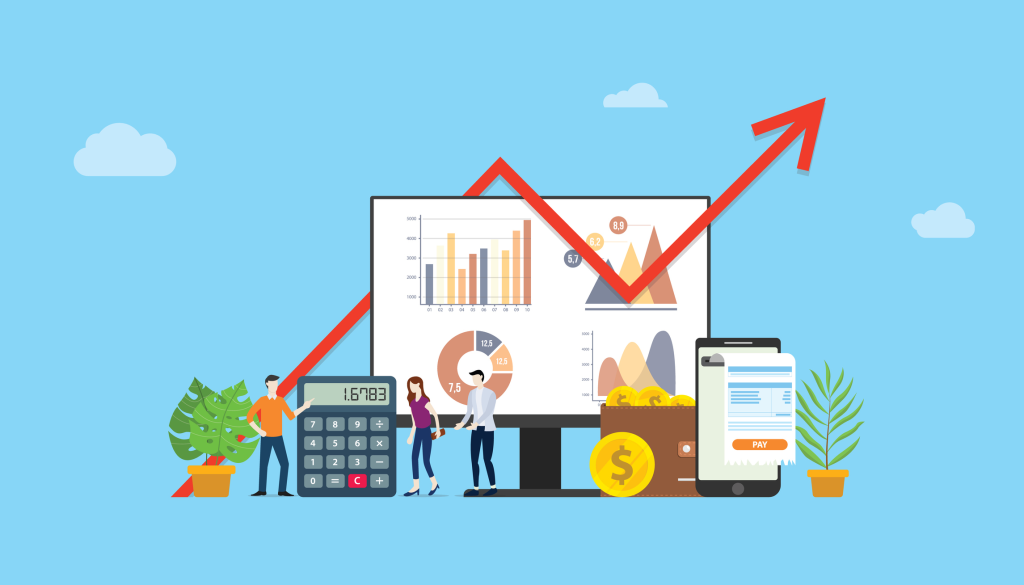
Action Steps:
Determine Total Spend: Decide how much you’re willing to spend on traffic acquisition.
Allocate Budget: Break down your budget by platform, campaign, and ad format, ensuring you have sufficient funds to test and optimize your efforts.
Benefits:
A well-planned budget helps you manage costs and avoid overspending while allowing for flexibility in optimization.
How to buy Traffic : Create Compelling Ad Content

Action Steps:
Design Ads: Develop visually appealing and engaging ads tailored to your target audience. Use strong headlines, clear calls to action, and relevant images or videos.
Test Variations: Create multiple ad variations to test different messages, formats, and designs.
Benefits:
High-quality ad content attracts clicks and encourages users to visit your site, enhancing campaign performance.
Set Up Tracking and Analytics
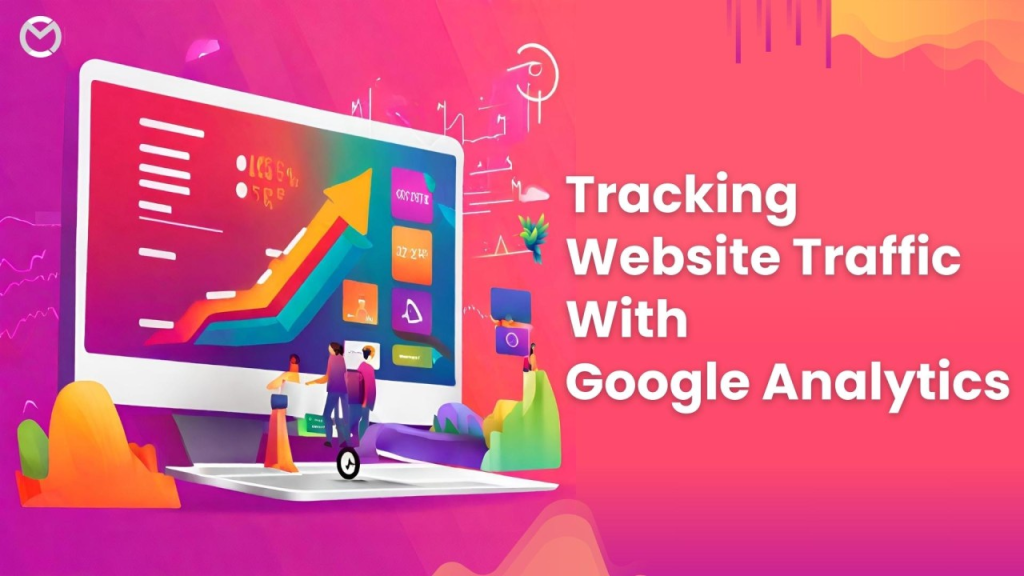
Action Steps:
Implement Tracking: Use tools like Google Analytics, Facebook Pixel, or other tracking software to monitor traffic and conversions.
Define Goals: Set up conversion goals and funnels in your analytics tools to track user behavior and measure campaign success.
Benefits:
Effective tracking allows you to analyze performance data, optimize your campaigns, and make data-driven decisions.
Launch and Monitor Your Campaigns
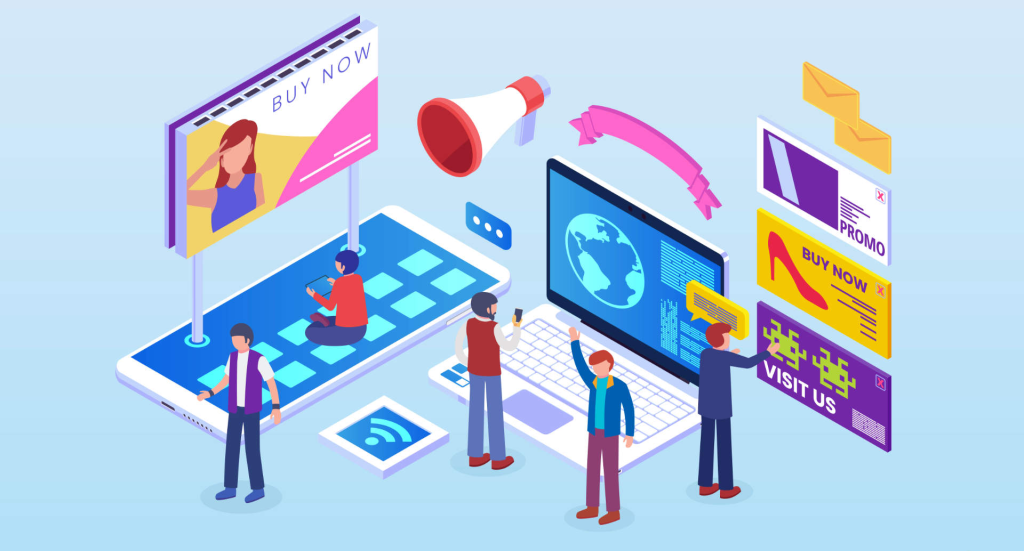
Action Steps:
Launch Ads: Start your campaigns across chosen platforms.
Monitor Performance: Regularly check performance metrics such as click-through rate (CTR), conversion rate, cost per click (CPC), and cost per acquisition (CPA).
Benefits:
Continuous monitoring helps you identify issues early and make necessary adjustments to improve results.
How to buy Traffic : Optimize and Adjust

Action Steps:
Analyze Data: Review performance data to identify what’s working and what’s not.
Make Adjustments: Optimize your campaigns by tweaking targeting, adjusting bids, modifying ad content, and reallocating budget.
Benefits:
Ongoing optimization ensures you get the most out of your traffic purchase and achieve your marketing goals.
How to buy Traffic : Scale Successful Campaigns

Action Steps:
Identify Top Performers: Focus on campaigns and ads that deliver the best results.
Increase Investment: Gradually increase your budget for high-performing campaigns to scale traffic and conversions.
Benefits:
Scaling successful campaigns maximizes your return on investment (ROI) and helps you grow your audience and conversions more effectively.
Conclusion
Buying traffic can significantly boost your online presence and drive business growth when done strategically. By defining clear goals, understanding your audience, choosing the right traffic sources, creating compelling ads, and continuously monitoring and optimizing your campaigns, you can effectively purchase traffic that delivers results. Follow this step-by-step guide to ensure your traffic buying efforts are well-planned and successful, helping you achieve your marketing objectives.





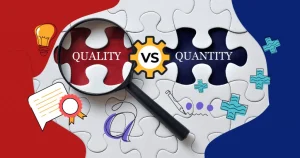
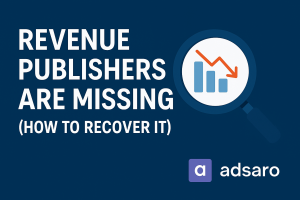

Leave a Reply